The beauty of responsible AI-generated visual art: merging technology and creativity
With ethical considerations, collaboration, and human elements, artists can use AI to capture audiences and reveal new artistic frontiers.
By Kurt Kreiger, Group Creative Director

Art has always been a powerful means of human expression, stirring emotions and challenging perspectives. Over the years, we have witnessed the evolution of art—from cave paintings to classical masterpieces—and now, in the digital age, we find ourselves exploring new frontiers with the help of artificial intelligence (AI). AI-generated visual art has emerged as a captivating and controversial realm, raising questions about authorship, ethics, and responsibility. In this blog post, we begin to delve into the world of responsible AI-generated visual art, exploring its potential, its challenges, and the ethical considerations it entails.
Human–AI collaboration
Responsible AI-generated visual art celebrates the fusion of human creativity and AI’s computational power. Artists and algorithms collaborate to produce artworks that push the boundaries of imagination. By recognizing AI as a tool and not a replacement for human creativity, AI-generated art becomes a harmonious blend of human vision and machine assistance. It allows artists to experiment with new techniques, styles, and possibilities that were previously unexplored.
Ethical considerations
Creating responsible AI-generated visual art necessitates a thoughtful approach to ethical considerations. It’s crucial to ensure that AI algorithms are trained on diverse and unbiased datasets to avoid perpetuating social biases or reinforcing discriminatory practices. Artists and AI developers must work together to actively address these concerns and prioritize fairness, transparency, and accountability throughout the creation process. Additionally, artists should respect the rights and intellectual property of other artists by properly crediting and acknowledging their influences.
Creativity and innovation
AI-generated art can be a catalyst for creativity and innovation, inspiring artists to explore uncharted territories. With the computational power of AI, artists can generate novel visual patterns, experiment with complex algorithms, and create unique compositions that challenge traditional artistic norms. This opens doors to increasing possibilities, fostering a spirit of exploration and pushing the boundaries of artistic expression.
Our human element
While AI can generate stunning visual art, it is essential to preserve the essence of human emotion and intention within the artwork. The human touch adds depth, authenticity, and a personal connection that cannot be replicated by algorithms alone. As with other visual art forms, artists need to infuse their artistic vision and emotions into the AI-generated process so that the final artwork resonates with the human experience and evokes a genuine response from viewers.
Accessibility and inclusivity
Responsible AI-generated visual art holds the potential to make art more accessible and inclusive. AI algorithms can assist artists in creating artwork that considers accessibility needs, such as enabling individuals with visual impairments to experience art through tactile models or audio descriptions.
Additionally, AI-generated art can help bridge cultural gaps by incorporating diverse perspectives and styles from across the globe, fostering a sense of cultural exchange and understanding.
Responsible AI-generated visual art presents a remarkable intersection of human creativity and technological innovation. By embracing ethical considerations, fostering collaboration, and infusing the human element, artists can harness the power of AI to unlock new artistic frontiers and captivate audiences. As AI continues to evolve, it is our responsibility to ensure that it serves as a tool to enhance human expression, amplify creativity, and promote inclusivity. Responsible AI-generated visual art is a testament to the immense possibilities that arise when we merge the realms of art and technology, ultimately enriching our collective human experience.
Developmental Editing & Grammar
Lisa Rosenberger
Illustrator
Kurt Kreiger
